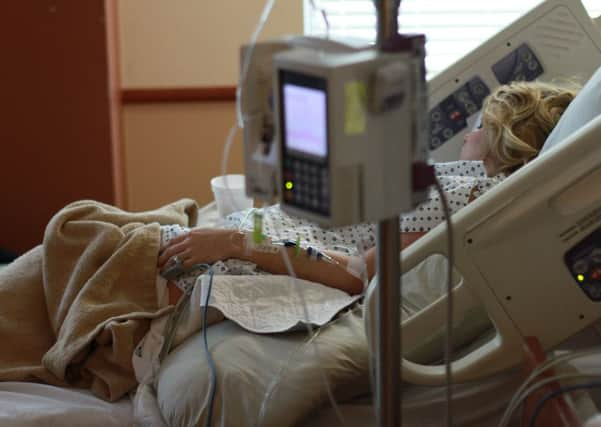Death data '˜little help' in spotting poor surgeons


Death rates for individual surgeons are not a reliable measure of their performance, according to Scottish experts.
New analysis found that surgeons performing low-risk operations, such as hip replacements, would need to treat more than 500 patients a year before a red flag would be raised about high death rates.
Advertisement
Hide AdAdvertisement
Hide AdSurgical mortality has fallen by 24 per cent in Scotland over the past three years.
English NHS leaders started publishing surgical mortality rates in 2013 to drive up standards and improve transparency, while Scottish surgeons contribute their figures to UK-wide audits.
Critics said examining individual death rates was not a fair snapshot of performance as it fails to consider other health problems or how risky the surgery is. Creating surgical “league tables” could make surgeons afraid to take on more risky procedures, said lead author Ewen Harrison.
Mr Harrison, clinical senior lecturer at Edinburgh University, said: “Publishing surgeon’s mortality rates is a step towards transparency in medical care, but it offers little help in identifying poor performance.
“Surgery is performed by teams. It doesn’t make sense to look at just one surgeon.”
The team examined outcomes of six common surgeries between 2010 and 2014, including tumour removal for colon cancer patients and hip replacement surgery, according to the study in the BMJ Open journal.
Mr Harrison, a liver transplant surgeon in Lothian, said: “The death rate from a hip replacement is around one in 200, which is in line with what we would expect.
“The trouble is having death rates that low means that unless an individual surgeon is doing many, many hip replacements, then they may never have any deaths.”
Advertisement
Hide AdAdvertisement
Hide AdSurgery to remove a thyroid – a gland in the neck which controls growth – is so low-risk that a pattern may not emerge over a surgeon’s entire career, Mr Harrison said.
He called for greater focus on patient recovery and patient satisfaction after surgery to measure performance.
Mike Lavelle-Jones, president of the Royal College of Surgeons of Edinburgh, said: “Mortality can be attributable to unit rather than individual surgeon performance.
“This work highlights that mortality figures alone can be an unreliable way of comparing patient outcomes as the risk of mortality varies according to the procedure and individual, patient-related factors.
“Other methods to measure outcomes are available but require much better prospective recording techniques by hospitals.”
National clinical director Jason Leitch said there were no plans to measure individual consultant mortality data in the Scottish NHS.